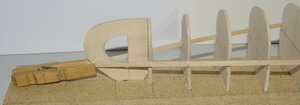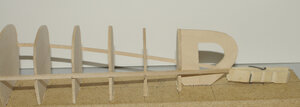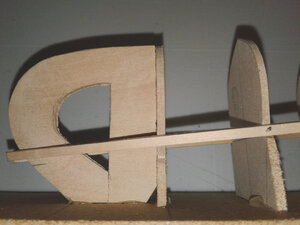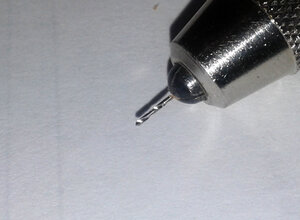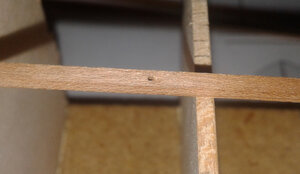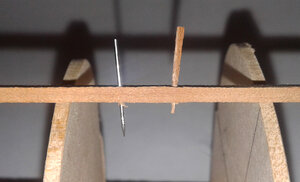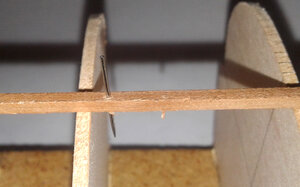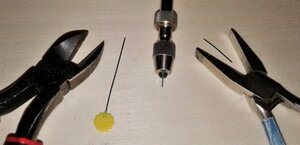- Joined
- Feb 18, 2019
- Messages
- 685
- Points
- 353

Here we will address:
All matters about planking the hull.
REFERENCE INDEX - PLANKING THE HULL (the links provided below are only the starting points of particular discussions)
- Setting up the 1st strip:
https://shipsofscale.com/sosforums/threads/3-support-planking-the-hull.5326/#post-113541
- Filling holes drilled in the planking strips:
https://shipsofscale.com/sosforums/threads/3-support-planking-the-hull.5326/#post-113621
All matters about planking the hull.
REFERENCE INDEX - PLANKING THE HULL (the links provided below are only the starting points of particular discussions)
- Setting up the 1st strip:
https://shipsofscale.com/sosforums/threads/3-support-planking-the-hull.5326/#post-113541
- Filling holes drilled in the planking strips:
https://shipsofscale.com/sosforums/threads/3-support-planking-the-hull.5326/#post-113621
Last edited:

